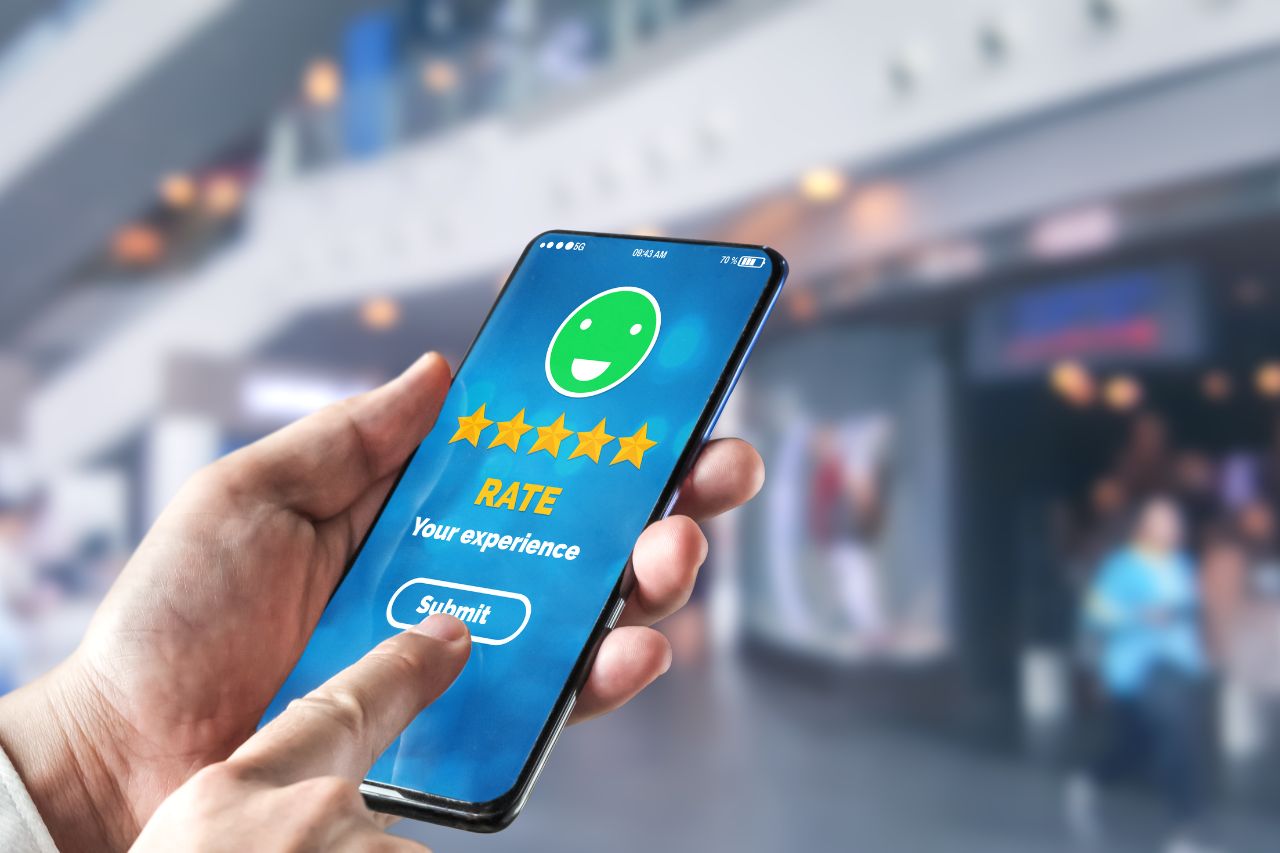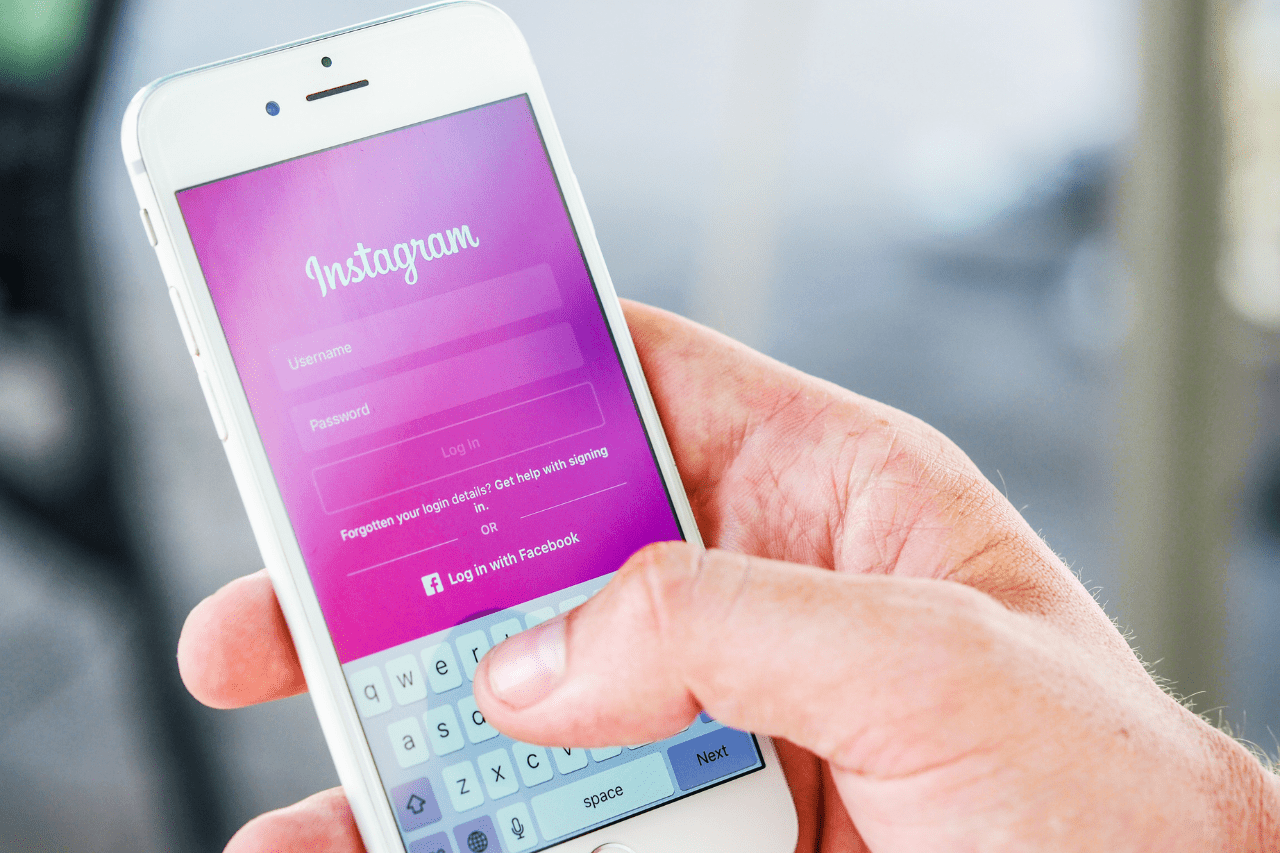If you’ve recently received a promotion, showing it off on LinkedIn is an invaluable way of notifying your network about it and showing your pride in your new position.
LinkedIn is a business-oriented social networking website that operates via desktop and mobile applications, launched on May 5, 2003, and is owned by Microsoft.
1. Add the Promotion to Your Profile
Promoting yourself can be an impressive accomplishment and should be recognized on LinkedIn to let all your connections know about it build trust in your brand and create future job opportunities. In addition, showing appreciation for their decision can increase morale at your workplace and further encourage future promotions of top performers.
Enhancing your LinkedIn profile is straightforward and can be done on either desktop or mobile. Simply log into LinkedIn, click your profile picture in the toolbar at the top of the screen (on desktop computers) or the top left corner (for mobile), and select “View Profile”; clicking this will open your profile page.
Scroll through your Experience section until you locate the job in which you got promoted, click on its pencil icon to edit information in this section and add your promotion by simply replacing its job title with its new one and making any other necessary adjustments – then when finished click “Save” at the bottom of the page!
Once you have added your promotion to LinkedIn, the next step should be creating a post to notify your network of it. This post could include details of your new role and responsibilities; additionally if possible you could include a link back to any announcement made by your employer.
Promoting yourself on LinkedIn can be an excellent way to showcase your professional development, and serve as an essential asset in landing the ideal job in the future. By including it on your profile, potential employers and recruiters will know that you’re serious about your career and have all of the required skills for it.
2. Create a Post
LinkedIn posting can be an effective way of sharing promotions with your network while remaining sincere and authentic. A social media scheduler can be especially helpful in crafting striking and captivating posts that automatically distribute themselves across platforms. When creating new posts images representing the subject of each post must be included as this will draw reader interest while increasing engagement rates; additional tags can help people easily locate it as well.
LinkedIn’s algorithm rewards posts that share knowledge and advice, so if you can craft an engaging post about your promotion, it may catch the attention of both connections and prospective employers. Keep in mind that most LinkedIn users are working professionals so posting at times when most active will ensure your post gets seen by your followers and potential employers.
Clicking the “Post” button will bring up a window for you to compose your message. There is a text area and rows of icons allowing you to include photos, videos, presentations, links, tweets, and podcasts as part of your post; as well as edit its title and description using these tools.
Once your text has been added, click on the blue “Post” button and LinkedIn will display your post both on your profile and company page, in addition to being shared with first-degree connections who may see it appear in their feeds.
Once your post is ready to publish, simply press the “Publish” button.
There’s no set rule when it comes to LinkedIn posts, but it is best practice to keep them short and focused on your message. Too-lengthy pieces may become hard for readers to consume; more engaging posts with an intriguing narrative or personal anecdotes like little-known facts or experiments behind the scenes or telling tales from personal experience.
3. Share Your Post
As a professional, you must share content that highlights your expertise. If a blog post, PDF document, or Slideshare presentation that garners significant engagement is receiving positive attention online, consider publishing it on LinkedIn as part of your profile as a document. Make your promotion visible to more of your connections by posting documents on LinkedIn and selecting which audiences it should reach out to – such as including each connection’s network as part of its shareable audience. Mic blogger and author Fabio Marrama used LinkedIn as a document platform to repurpose one of his blog posts into something shareable by inviting his connections to share it, which generated new opportunities for his business. Furthermore, his call to action encouraged people to spread it further so more of his second-degree connections could see and comment upon it.
4. Share Your Post with Your Network
Announcing LinkedIn Helper may be the easiest and simplest way. By automating this process and sending personalized emails directly, LinkedIn Helper makes announcing promotions easier than ever if you want to reach specific groups within your network.
Use the “share” button to share your post with other networks, and customize who sees and comments on it. Choose whether or not to share with networks such as Twitter; alternatively share with specific LinkedIn groups if applicable.
Once your post has been shared, it will become visible to all of your connections as well as anyone granted permission by the admins of the LinkedIn group in which it’s shared. If you have many followers, your post may even appear in their feeds!
Changing who can see your post can be done at any time from the post-draft page by selecting from the drop-down menu that says “Anyone” and clicking on a specific option from that list. Once changed, this change cannot be undone unless you delete your entire draft.
As your network members come across your update in their feeds, they have the option to “like” or share it with their networks – exponentially increasing its reach and expanding its impact. Therefore, it is beneficial for team leaders to encourage all their colleagues to do the same with posts they like and share.
Company page posts differ from personal profile posts in that people who are mentioned receive notifications when their names appear. You can still mention people by typing their names or the names of their companies; this won’t prompt a notification though! Likewise, individuals and companies can be tagged using an @ symbol prefixed before their names in your post.











